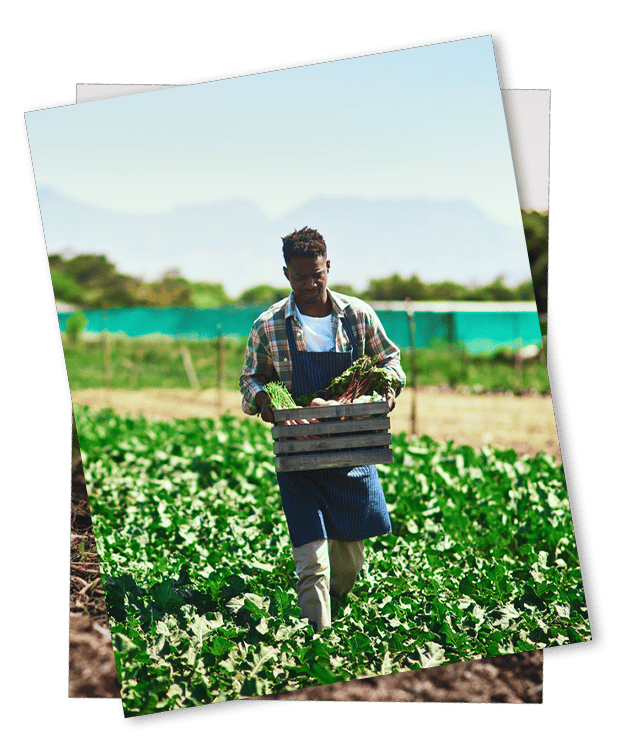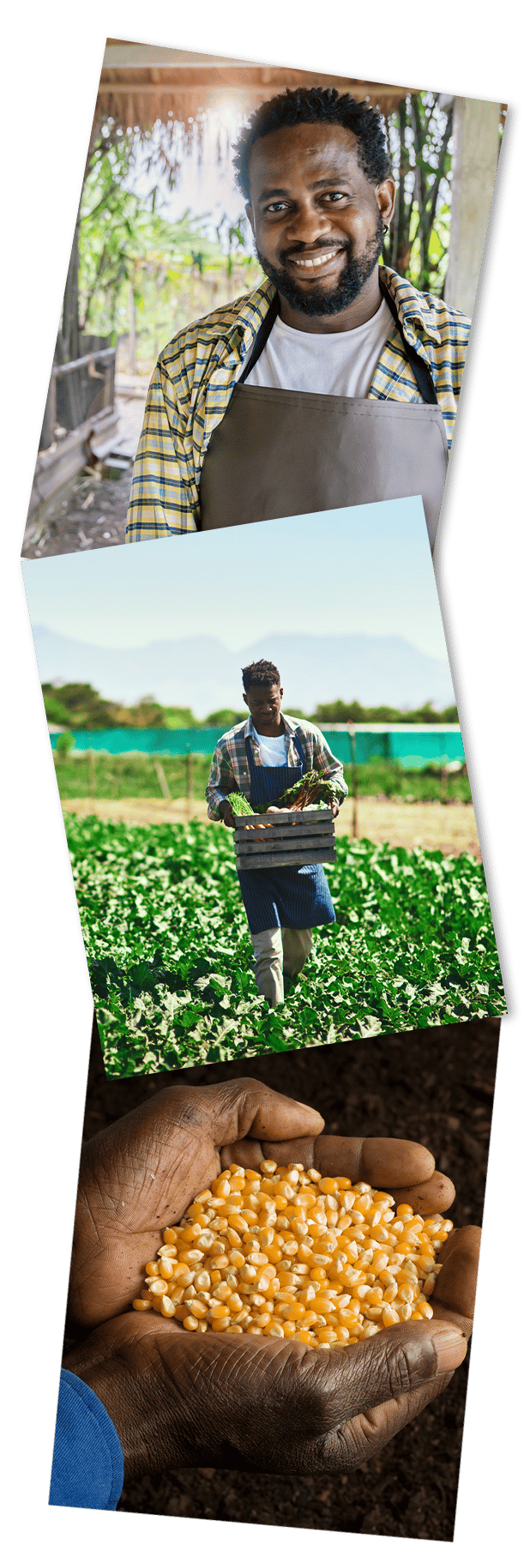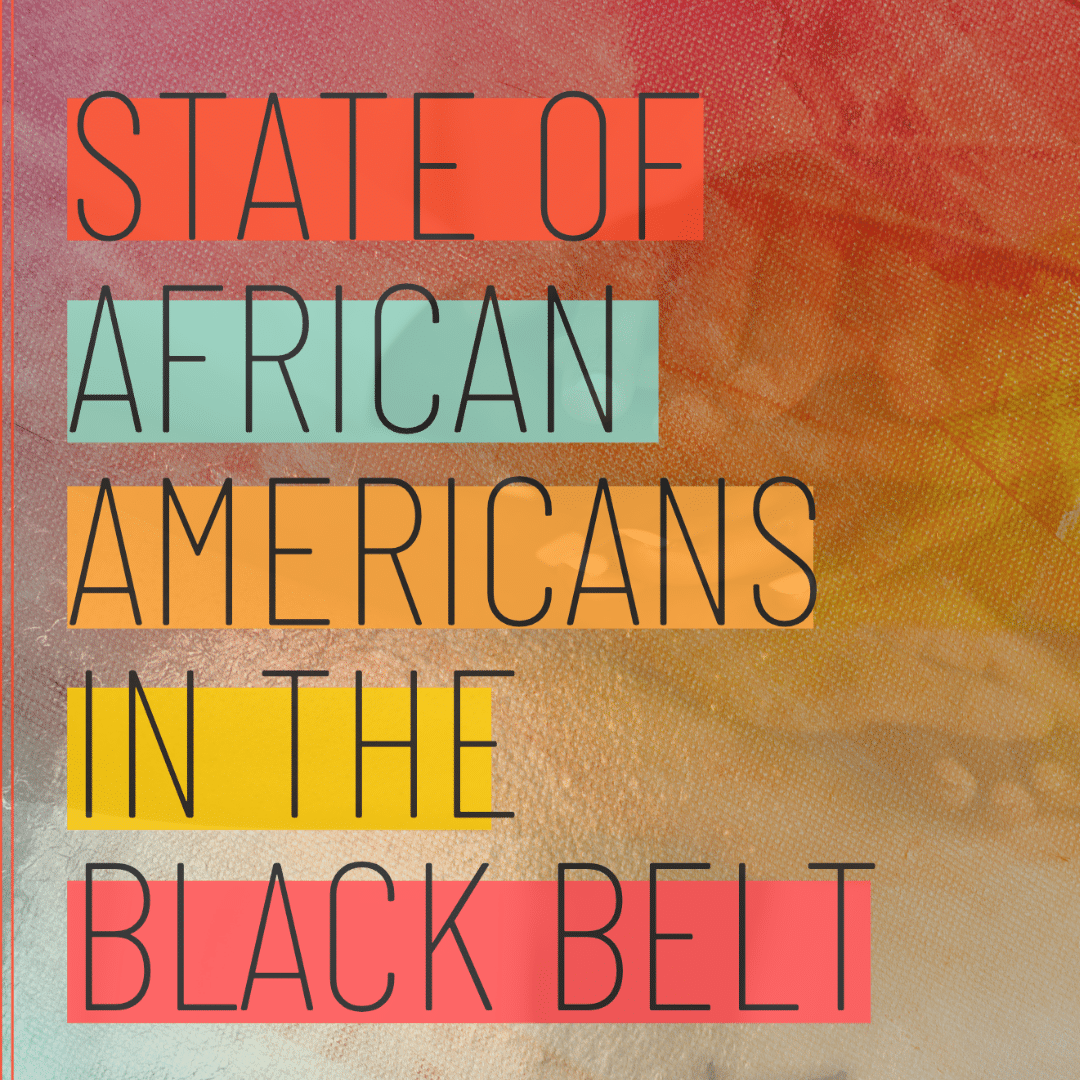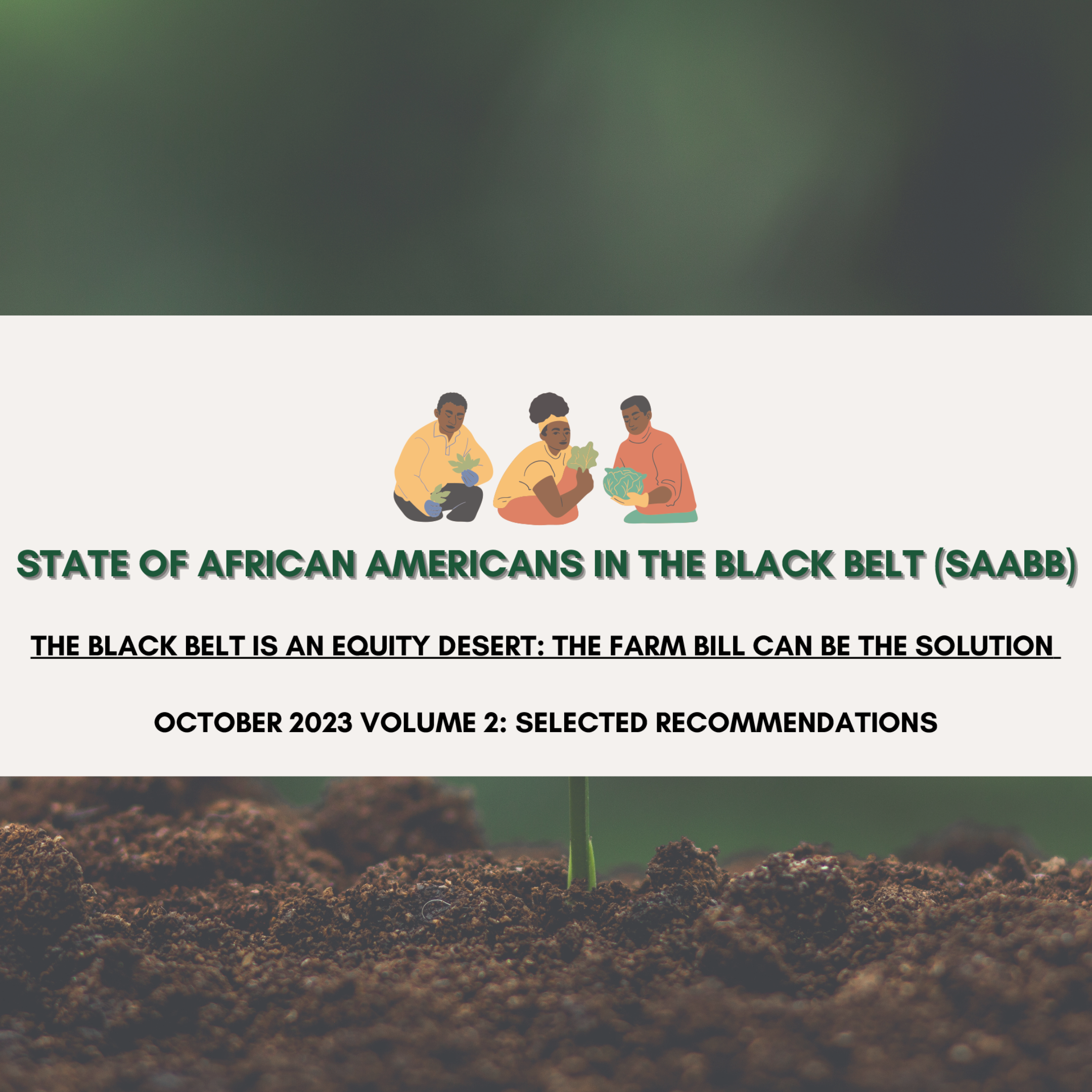
The Current State of African Americans in the Black Belt
African-Americans in the rural South (referred to here as the Black Belt) are on the unfortunate side of several major trends in the nation’s political economy. Out-migration by blacks and whites for opportunities in southern and northern cities has left many rural communities with an ever-smaller population base. As a result of agricultural mechanization and concentration of land ownership (often by distant corporations), the wealth derived from the area’s greatest asset, its productive land benefits few of the families still living in the rural south.
Some of the poorest counties in America are located in the rural south where a significant number of African-Americans reside. Over 90% of all Black owned farmland, a number of predominantly African-American institutions of higher learning and thousands of African-American elected officials are located in this region. The land, with an estimated value of fourteen billion dollars, represents the greatest economic asset of Black America.
The Black Belt region within the Southern U.S. stretches across the heart of the old plantation South, from eastern Texas to Virginia, covering portions of Louisiana, Arkansas, Mississippi, West Tennessee, Alabama, North and South Carolina, Georgia and North Florida. The Black Belt contains 34 percent of the nation’s poor and 43 percent of the rural poor (Wimberley and Morris 2002). This disproportionate share of the nation’s poverty is a clear reflection of slave-plantation social, political and economic legacies. The Black Belt has been historically dependent on agriculture and holds over 90 percent of all Black owned farmland. It contains 46 percent of all African Americans, 83 percent of the non-metropolitan African American population and 90 percent of poor rural African Americans. Within the Black Belt the deeply rooted connection between history, race, place and poverty is clear. Persistent poverty and dependence ultimately levy a high cost on individuals, families and the community in the form of support payments (Food Stamps, Medicaid and Medicare costs, and welfare support) and lost productivity.
The CISC has established a Division for integrated research and training that focuses on the impact of policy upon the African American community in the rural South, long a neglected and problematic segment of the nation’s economy and culture.

Additional Information
- Gloria Tinubu
- Jerry Pennick
- USDA Office of Partnerships and Public Engagement
- Center for Farming Systems, Rural Prosperity, and Economic Sustainability
- 1890 Policy Center for Socially Disadvantaged Farmers and Ranchers Policy Research Center






